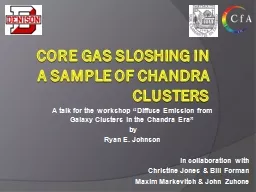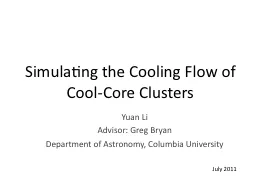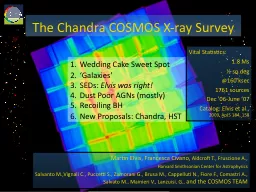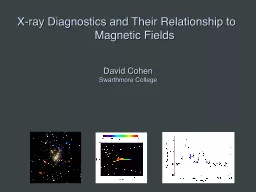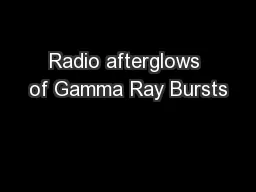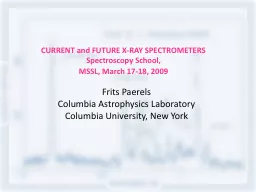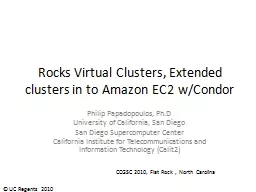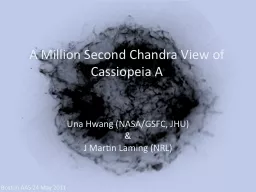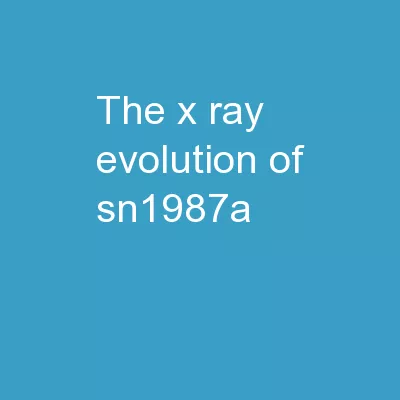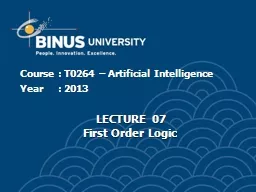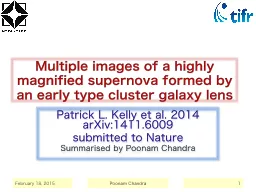PPT-Core Gas Sloshing in a Sample of Chandra Clusters
Author : natalia-silvester | Published Date : 2017-06-17
in collaboration with Christine Jones amp Bill Forman Maxim Markevitch amp John Zuhone A talk for the workshop Diffuse Emission from Galaxy Clusters in the Chandra
Presentation Embed Code
Download Presentation
Download Presentation The PPT/PDF document "Core Gas Sloshing in a Sample of Chandra..." is the property of its rightful owner. Permission is granted to download and print the materials on this website for personal, non-commercial use only, and to display it on your personal computer provided you do not modify the materials and that you retain all copyright notices contained in the materials. By downloading content from our website, you accept the terms of this agreement.
Core Gas Sloshing in a Sample of Chandra Clusters: Transcript
Download Rules Of Document
"Core Gas Sloshing in a Sample of Chandra Clusters"The content belongs to its owner. You may download and print it for personal use, without modification, and keep all copyright notices. By downloading, you agree to these terms.
Related Documents

